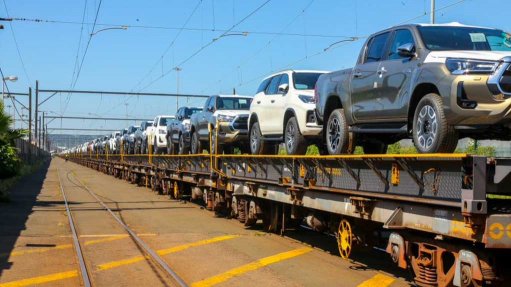
The South African new-vehicle market continued its gradual recovery during September, but the knock-on effects of the July riots, as well as the subsequent cyberattack on Transnet, were still visible in vehicle exports numbers, says Naamsa | The Automotive Business Council.
“Much will depend on the last quarter of the year’s export performance; on how quickly the industry can return to the record export levels seen pre-Covid-19.”
Domestic new-vehicle sales in September increased by 15.8%, to 43 130 units, compared with the same month last year.
Out of total industry sales an estimated 82.7% represented dealer sales, with 12.4% of vehicles entering rental fleets. About 2.4% of new vehicles were sold to industry corporate fleets, with the remaining 2.5% procured by government.
The new-passenger-car market reached 29 538 units in September, which is a 30.5% gain on the same month last year.
Sales of new bakkies, vans and taxis dropped by 10.9%, to 10 943 units.
Medium-truck sales increased by 11.6%, reaching 762 units, while heavy-truck and bus sales jumped by 15.8%, to 1 887 units.
September new-vehicle exports from South Africa declined by 57%, to 12 202 units.
For the year-to-date, vehicle exports are, however, still 22.7% ahead of the same period last year.
“New-vehicle demand is starting to pick up, with consumers, businesses and rental companies returning to the market,” says Naamsa.
“However, many Covid-19 disruptive elements remain in play and prevailing market conditions have been hampered by higher logistics costs and supply chain disruptions, such as the global semi-conductor shortage impacting on the availability of certain models.
“Analysts project that vehicle production losses due to the computer-chip shortage could be between 6.3-million and 7.1-million units for 2021, and it is expected that this shortage will spill over until the middle of 2022 before it starts to stabilise.”